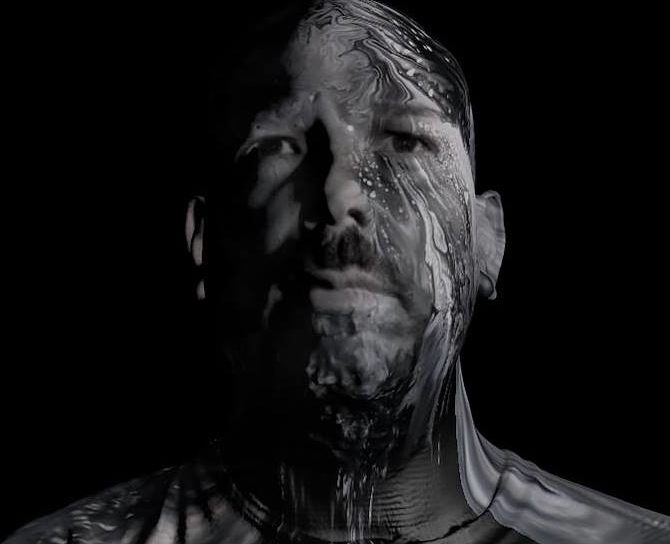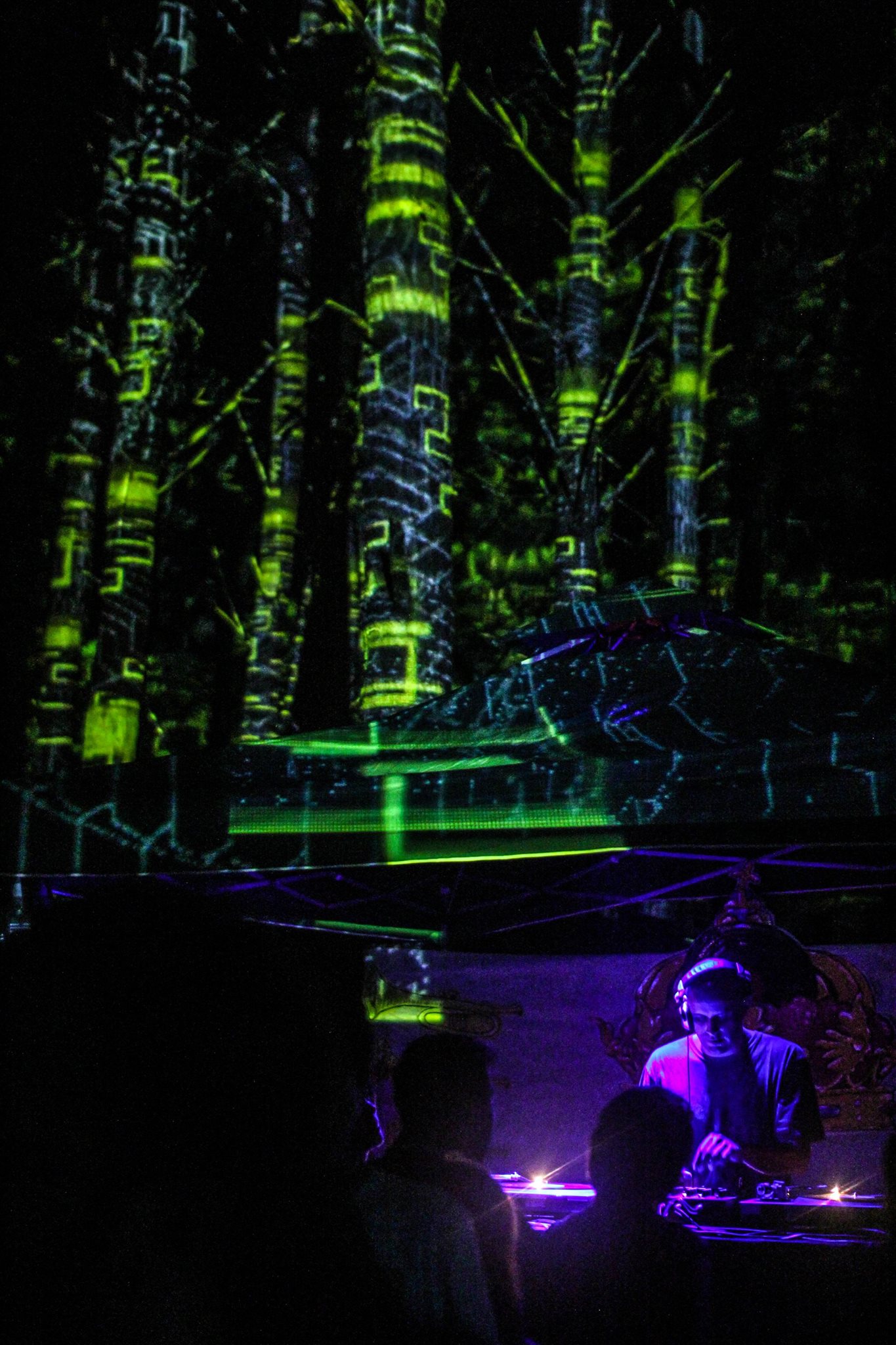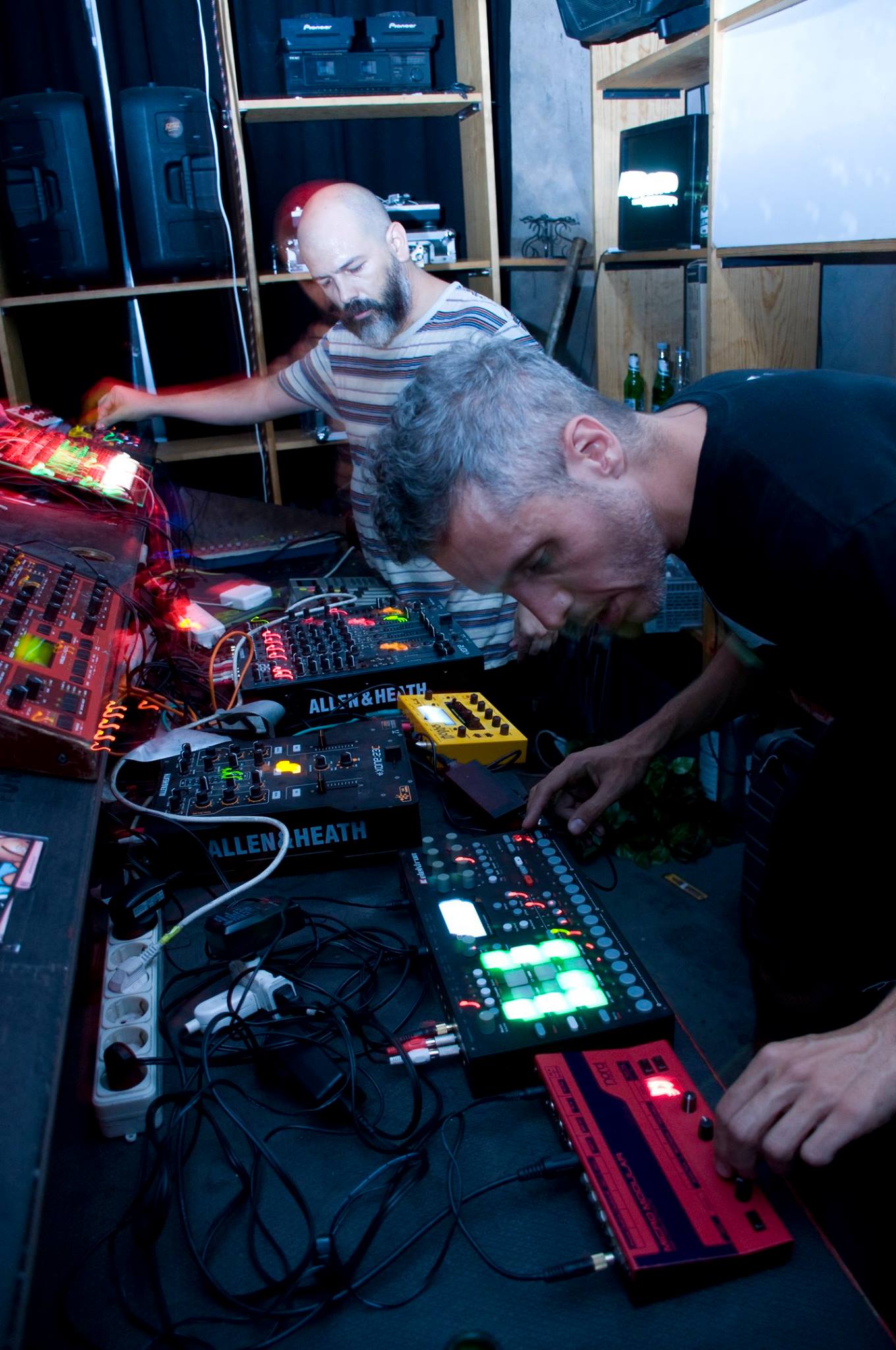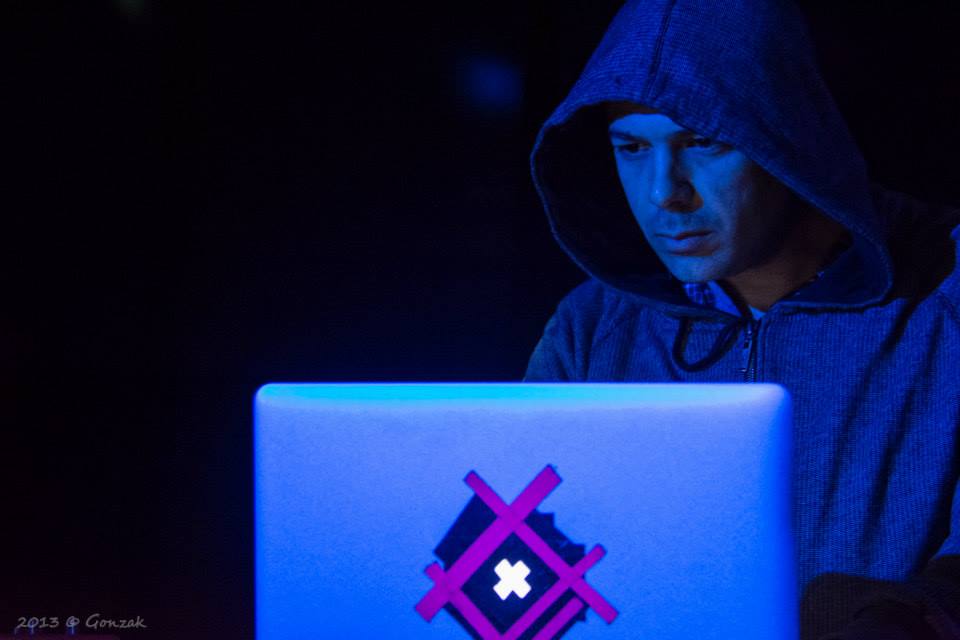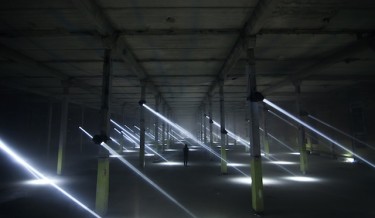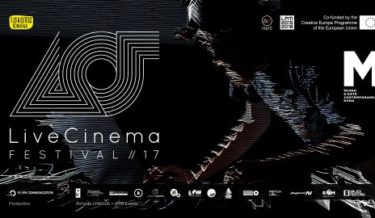Related post
Disappear in a Forest of Lights in ‘Epicenter’
Nov 12, 2015
|
Comments Off on Disappear in a Forest of Lights in ‘Epicenter’
8322
Lumen Interview: North Eleven
Sep 20, 2017
|
Comments Off on Lumen Interview: North Eleven
2015

